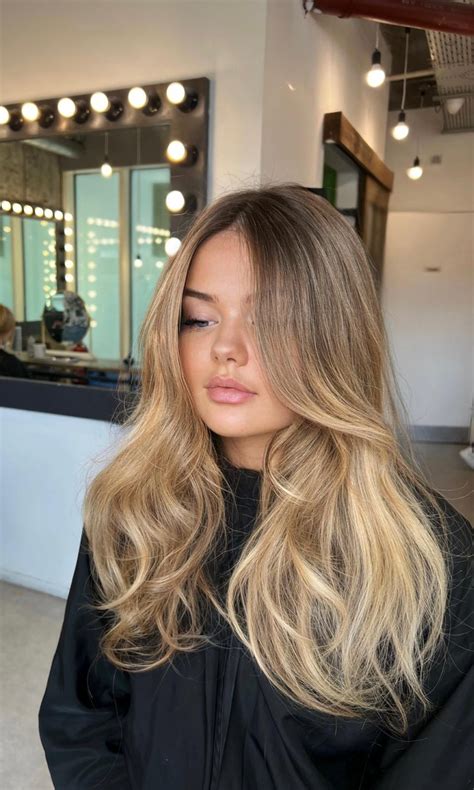Introduction

Balayage and highlights are two popular hair coloring techniques that can add depth, dimension, and style to your look. While they share some similarities, there are also some key differences between the two techniques. In this article, we’ll explore the seven key differences between balayage and highlights to help you decide which technique is right for you.
1. Application Method
- Balayage: Balayage is a freehand painting technique in which the color is applied directly to the hair in vertical sections. This creates a more natural-looking, graduated effect.
- Highlights: Highlights are created by sectioning the hair into individual strands and then bleaching or coloring them. This creates a more defined, contrasting effect.
2. Color Placement
- Balayage: Balayage typically involves coloring the mid-lengths to ends of the hair, leaving the roots natural.
- Highlights: Highlights can be placed anywhere on the hair, from the roots to the ends.
3. Color Intensity
- Balayage: Balayage typically creates a more subtle, natural-looking effect.
- Highlights: Highlights can be more intense and dramatic, depending on the bleaching or coloring process used.
4. Maintenance
- Balayage: Balayage requires less maintenance than highlights because it grows out more naturally.
- Highlights: Highlights require more frequent touch-ups to maintain their desired look.
5. Cost
- Balayage: Balayage is typically more expensive than highlights due to the time and skill required to apply it.
- Highlights: Highlights are usually less expensive than balayage.
6. Best Hair Types
- Balayage: Balayage is suitable for all hair types, but it works especially well on long, thick hair.
- Highlights: Highlights are suitable for all hair types, but they can be more damaging on fine hair.
7. Style Versatility
- Balayage: Balayage can be styled in a variety of ways, from loose waves to sleek buns.
- Highlights: Highlights can also be styled in a variety of ways, but they tend to look best when the hair is styled straight or in loose waves.
Conclusion
Balayage and highlights are both popular hair coloring techniques that can add depth, dimension, and style to your look. While they share some similarities, there are also some key differences between the two techniques. By understanding the differences between balayage and highlights, you can make an informed decision about which technique is right for you.
Table 1: Comparison of Balayage and Highlights
| Feature | Balayage | Highlights |
|---|---|---|
| Application Method | Freehand painting | Sectioning and bleaching |
| Color Placement | Mid-lengths to ends | Anywhere on the hair |
| Color Intensity | Subtle, natural | Intense, dramatic |
| Maintenance | Less maintenance | More frequent touch-ups |
| Cost | More expensive | Less expensive |
| Best Hair Types | Long, thick hair | All hair types |
| Style Versatility | Variety of styles | Straight or loose waves |
Table 2: Pros and Cons of Balayage
| Pros | Cons |
|---|---|
| Natural-looking | More expensive |
| Less maintenance | Can take more time to apply |
| Adds depth and dimension | Not as dramatic as highlights |
Table 3: Pros and Cons of Highlights
| Pros | Cons |
|---|---|
| Dramatic, contrasting effect | Can be more damaging to hair |
| Can be customized to any hair type | More maintenance |
| Less expensive than balayage | Not as natural-looking |
Table 4: Pain Points and Motivations for Balayage and Highlights
| Pain Points | Motivations |
|---|---|
| Want a natural-looking hair color | Add depth and dimension |
| Want low-maintenance hair | Change up their look |
| Want to avoid damage to their hair | Make a statement |
References
- American Hairdressers Association: https://www.aha.org/
- National Cosmetology Association: https://www.nationalcosmetologyassociation.com/
- International Hairdressers Association: https://www.intercoiffure.com/
